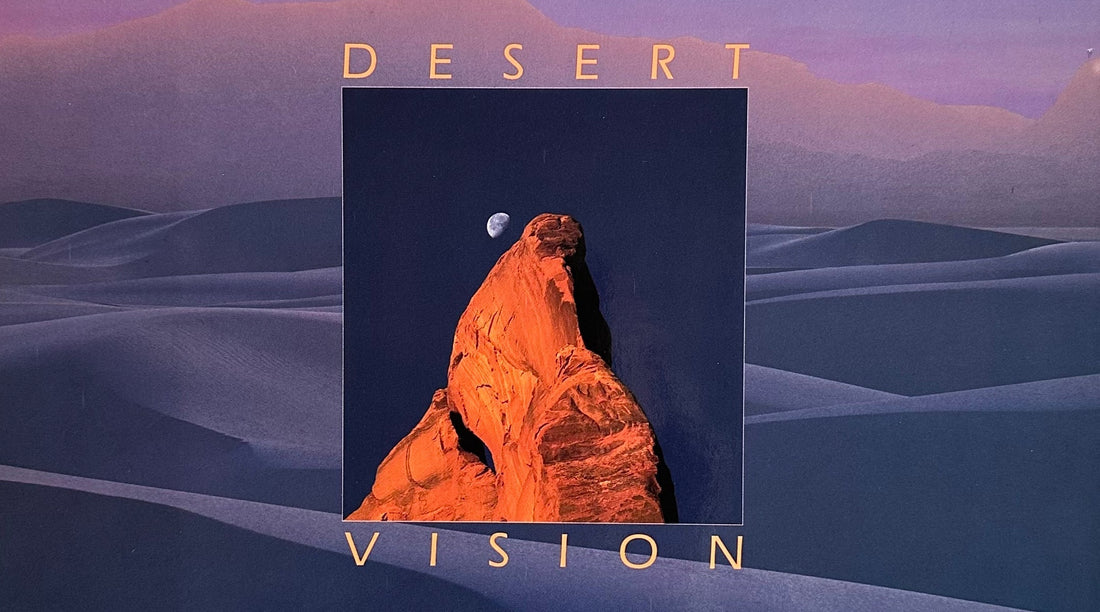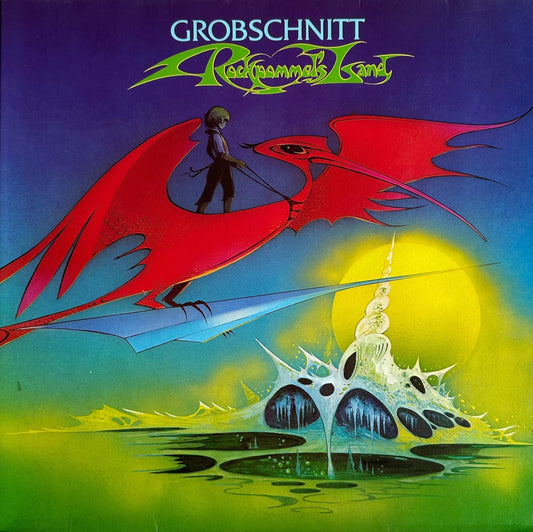Quite possibly the most-maligned genre of music in the last 60 years (aside from progressive rock, which I also enjoy), new age had its heyday in the 1980s and 1990s. Just about everyone knows about the Windham Hill label, with early best-sellers from George Winston, Michael Hedges, William Ackerman, and others fueling the category’s popularity.

Ackerman was one of the founders of the label in 1976, but it was Winston in 1980 who had the first breakout hit with his solo piano record Autumn. At times it seemed like anywhere you went, especially in bookstores or gift shops, you heard that album.

Windham Hill records had a distinct style, even down to the album covers. Co-founder Anne Robinson was responsible for the look of the record jackets. They usually featured nature photography surrounded by an atypical amount of white space, with simple text identifying the artist and title (although the cover for Autumn was a notable exception).
At first, there was no agreed-upon way to categorize the mellow, mostly instrumental music, with terms such as “soft jazz” being used to describe compositions that incorporated elements of world music, classical, and folk (along with a bit of jazz). It wasn’t until years later that the moniker “new age” was applied and stuck, ultimately encompassing the work of synthesizer artists such as Vangelis, Yanni, Kitaro, and Jean-Michel Jarre, along with the primarily acoustic performances of the progenitors of the genre.
Windham Hill is undoubtedly the label most associated with New Age music, but in 1983, another major contender in the field was born – Narada Records. (It’s important to note that there is no connection between the label and noted producer/drummer Narada Michael Walden.) In a number of ways, the label bears similarities to Windham Hill. The first ten releases featured solo instrumental artists (piano or acoustic guitar). The look of the covers resembled the minimalist style of Windham Hill jackets – nature photography with a lot of blank space around it (this time a cream color rather than white) and elegantly understated typography.
Narada was also concerned with sound quality, sometimes recording digitally (in the early CD era) and/or utilizing Direct Metal Mastering (DMM) in the production of their LPs. The covers noted the use of “Audiophile-Quality KC 569 Premium Virgin Vinyl” in small print. The deluxe inner sleeves were paper with a plastic-like lining.
The label flourished in the late 1980s and early 1990s, expanding their roster of artists and diversifying to create a number of sub-labels, including Narada Lotus, Narada Equinox, Narada Jazz, Sona Gaia, and others, to better market their varying musical styles. Narada Mystique was the home of numerous electronic music/synthesizer artists, including Peter Buffett (the son of Berkshire Hathaway’s Warren Buffett!).

Narada LP-61001 (Pianoscapes) was a double album of melodic solo piano works by Michael Jones. He went on to release a number of “-scapes” titles over the next few years.

Jones also collaborated with cellist David Darling on their album Amber.

David Lanz was another solo piano artist on the label. His Nightfall album is a thing of beauty.

After releasing several solo albums, he teamed up with guitarist Paul Speer to make Natural States and Desert Vision (released on the Narada Equinox sub-label). Those two works were decidedly more electric, with Speer’s brother Neal on drums, and guest artists including New Age multi-instrumentalist Deuter – think Mannheim Steamroller with more “rock” and without the “cheese.” (Sorry, but Chip Davis and company’s music has not worn well with me. I liked it when it came out, but not so much now.) Cristofori’s Dream, a later Lanz release that sold well, featured the Speer brothers and a number of other Narada artists, augmented by a string section.

Acoustic guitarists on Narada included Gabriel Lee and William Ellwood, who, for my taste, hold their own with William Ackerman. Ellwood’s first effort, Openings (LP-61010), consisted of ten solo pieces. His subsequent releases were done in collaboration with other musicians.

Guitarist Eric Tingstad and woodwind player Nancy Rumbel teamed up with pianist Spencer Brewer for the album Emerald. Tingstad and Rumbel then issued a number of beautiful works under their own names, including collaborations with David Lanz. The duo also plays synthesizers and percussion. (Sorry for the low-res image in the video.)


John Doan. Courtesy of the artist.
Harp guitarist John Doan plays a number of unusual instruments, including a triple-necked creation. His album Departures is one of my favorites of the genre.
I will introduce more of the Narada artists and music in a subsequent article.



